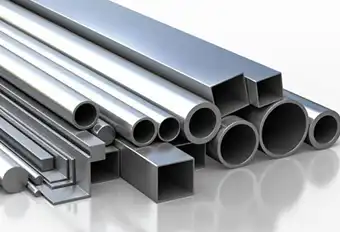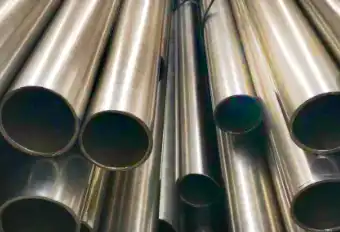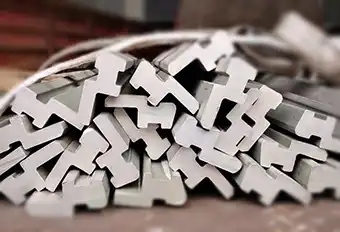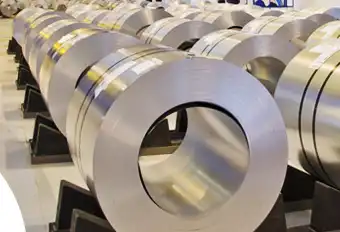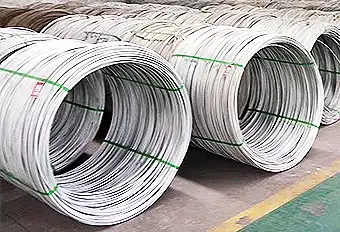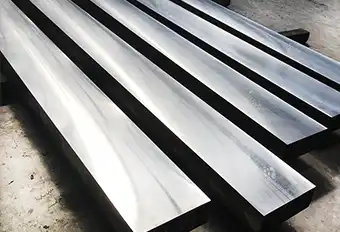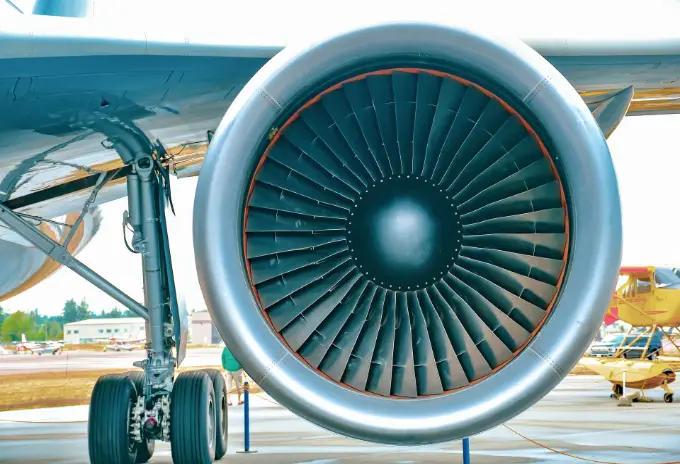Copper Jumps to Record as Growth Bets Supercharge Commodities
(Bloomberg) — Copper soared to a record high as optimism about a global rebound from the pandemic boosts commodities markets.
The economic bellwether metal is front and center in a rally that’s driven raw materials ranging from lumber to iron ore to multiyear highs or records. Stimulus measures and vaccine rollouts are fueling prospects for a resurgence in demand that’s set to strain supply, while copper’s crucial role in the green-energy transition is set to underpin longer-term gains.
Big banks and others including trader Trafigura Group have rolled out a list of lofty price targets, including a prediction that copper will hit $15,000 a ton in the coming decade as decarbonization drives more consumption. At the same time, the pandemic has disrupted trade flows in the short term and a lack of mine investment is set to leave the market short of the supply needed to meet demand.
Yet the surge in raw materials is also stoking fears of inflation, and questions are building around the need for a response from central banks. While many policy makers from the Federal Reserve on down maintain that cost increases are temporary, some businesses are already announcing they’ll need to raise prices.
Copper rose as much as 2% to $10,289 a ton on the London Metal Exchange before trading at $10,281.50 by 10:33 a.m. in London. Prices are up more than 30% this year and have more than doubled from lows in March last year.
“It’s hard to foresee copper prices turning around amid the current bullish atmosphere,” said Ji Xianfei, an analyst with Guotai Junan Futures Co. Macro easing, ample liquidity and a weaker dollar continue to drive the rally, while the broader commodities surge is being fueled by bets on inflation, Ji said.
It’s not just copper. Steel prices across Asia and North America are booming; iron ore is at a record above $200 a ton as miners struggle to keep up with the frenzied pace of consumption; and tin topped $30,000 for the first time in a decade. The Bloomberg Commodity Spot Index jumped to its highest since 2011 as growth bets boost demand, while poor weather hurts crop prospects and transportation bottlenecks crimp supplies.
China Risk
There are risks to the rally, especially if the current strong period of manufacturing starts to ease. In China, the top consumer, signs are emerging that high copper prices are starting to bite, and authorities have pledged to stabilize raw material prices.
China’s imports of copper ore and concentrate fell in April from the previous month, according to customs data released Friday. Some manufacturers and end users have been slowing production or pushing back delivery times after costs surged, the Shanghai Metals Market said last week, while weaker-than-expected domestic consumption has opened the arbitrage window for exports.
Real shortages of raw materials that power the economy are driving current gains in commodities as much as anticipation of future demand, and that makes it different from the last so-called supercycle, according to Greg Sharenow, who manages a portfolio focused on energy and commodities at Pacific Investment Management Co. The global copper market will flip into a deficit this year as demand jumps 6%, Bank of America Corp. says.
Offering a fillip to prices, Chile’s lower house approved a measure Thursday that would introduce progressive taxes on copper sales, potentially creating a total burden of more than 80% — or almost double that of neighboring Peru and parts of Canada. That risks stalling investments in a country that accounts for more than a quarter of global supply.
The commodity surge has also sent shares of mining companies soaring. Freeport-McMoRan Inc., the biggest publicly traded copper mining company, is at the highest in almost a decade, while Rio Tinto Group is trading near a record high, propelled by iron ore and copper prices.
Short Supply
Yet, while the biggest mining enterprises are universally bullish on the outlook for copper, there are few new projects on the horizon, constraining future supply. Ivan Glasenberg, the billionaire boss of Glencore Plc, said Thursday that prices would have to hit $15,000 a ton to incentivize enough new supply to meet demand.
More broadly, capital investment in copper mining is expected to increase only marginally this year — to $16.2 billion from $15.2 billion in 2020 — and remain around that level for the next two years, Australia & New Zealand Banking Group Ltd. forecasts.
“The copper market as it currently stands is not prepared for this demand environment,” Goldman Sachs Group Inc. analysts including Nicholas Snowdon wrote in a report last month. The “combination of surging demand and sticky supply has reinforced current deficit conditions and foreshadows large open-ended deficits from mid-decade.”


